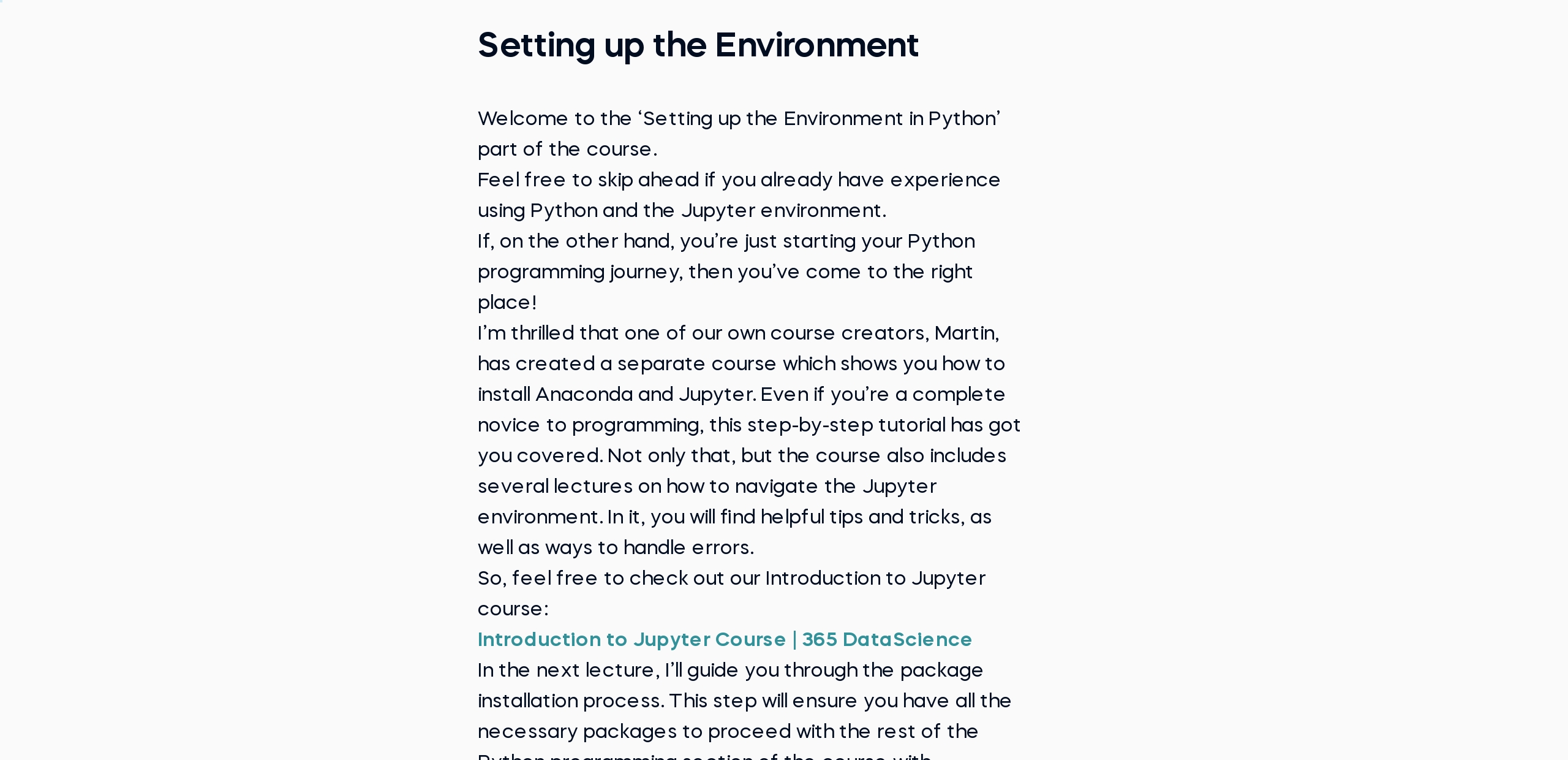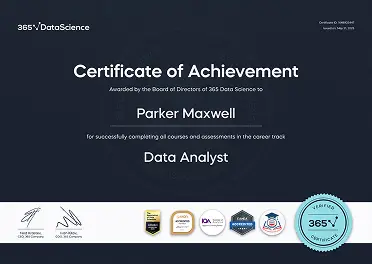Veronika K.
See all reviews
Master Decision Trees and Random Forests: from theoretical foundations to practical applications






Skill level:
Duration:
CPE credits:
Accredited

Bringing real-world expertise from leading global companies
Bachelor's degree, Natural Sciences, Physics
Description
Curriculum
Free lessons

1.1 What does the course cover?
5 min

2.1 Setting up the environment
1 min

2.2 Installing the relevant packages
3 min

3.1 What Is a Tree in Computer Science?
4 min

3.3 The Concept of Decision Trees
3 min

3.4 Decision Trees in Machine Learning
5 min
94%
of AI and data science graduates
successfully change
96%
of our students recommend
9 in 10
of our graduates landed a new AI & data job
ACCREDITED certificates
Craft a resume and LinkedIn profile you’re proud of—featuring certificates recognized by leading global
institutions.
Earn CPE-accredited credentials that showcase your dedication, growth, and essential skills—the qualities
employers value most.





Certificates are included with the Self-study learning plan.


How it WORKS